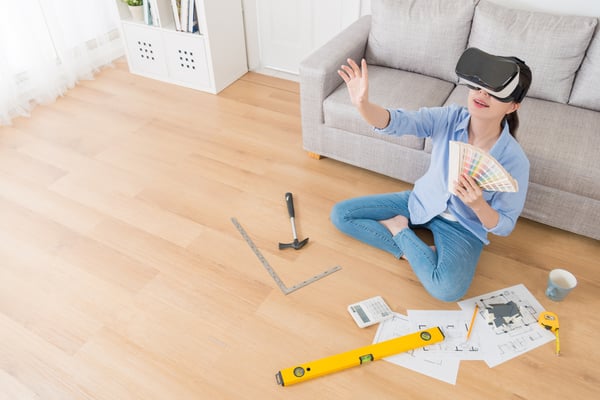Building information modeling is often associated with 3D construction design, but this is only a small part of what BIM represents. The true value of BIM comes from combining detailed information with virtual geometric models of buildings. This concept goes beyond the three spatial dimensions and can include information such as project schedule, cost estimates, actual costs, energy performance, building operating parameters and maintenance data.
BIM originally evolved as a design tool, but it can be used to manage many aspects of construction and construction operations. BIM also has applications in business management, given the precision with which it describes projects. For example, developers can use advanced construction models as part of the documentation when applying for a loan. A digital twin can also be used to market a building to potential buyers and tenants even before construction begins.
Design and manage your next construction project with the latest engineering technology.
How BIM simplifies communication in construction projects
3D geometric models are the logical evolution of conventional 2D drawings, and BIM adds many layers of information that enrich the model. However, the advantages of BIM are not just technical:
- A 2D drawing is a very simplified representation of a project, and the information contained is only evident to construction professionals and qualified tradespeople. Individuals from other professional backgrounds may have more difficulty analyzing drawings, especially if they do not have construction experience.
- A detailed 3D model is visually identical to the building it represents. This means it can be understood without having experience in the construction industry. However, the model can also contain technical information for architects, engineers and contractors. In other words, BIM describes projects more effectively, especially for non-technical audiences.
BIM is not just useful for project and construction management. Since 3D models are easier to understand than 2D drawings, they can be used for all types of meetings – presenting projects to investors, negotiating loans, discussing contracts with law firms, etc.

BIM also includes detailed information that can be accessed directly from the models. This is much easier than combining components into 2D drawings with their respective specifications:
- You can view the project in first person with a virtual reality helmet and “click” on components to display their costs and other properties.
- Navigating information in a virtual environment is more intuitive than using 2D drawings and large lists of quantities in table format.
- A BIM model can contain the same information as a set of 2D drawings and specifications, but makes it much easier to visualize.
In existing facilities, BIM is useful for analyzing and discussing the implications of building upgrades and renovations. On the other hand, when a building is poorly documented, architects and engineers must allow enough time for a detailed inspection. There can be unpleasant surprises and order changes even when working with professionals, as buildings have many hidden components.
Visiting a completed building virtually before starting construction
When BIM is combined with virtual reality (VR) or augmented reality (AR), a building that does not yet exist can be visited. This also applies to renovations, where BIM can be used to model an existing building after modifications. For example, when negotiating with potential investors, a virtual tour of the completed project gives a better impression than sitting down to discuss plans and specifications.

BIM modeling is very useful whenever you need to present a convincing design to others. The following are just a few examples:
- Present fire protection systems in detail to an insurance company as part of the negotiation for better coverage and lower premiums.
- Show available commercial spaces or apartments to potential tenants, helping them choose an option that meets their needs.
Companies' engineering departments can also use BIM to discuss projects with internal clients. For example, engineers may present many equipment options or layouts that meet the same requirement. The advantages and limitations of each option can be easily discussed with other departments and senior management before spending capital.
In general, BIM demonstrates that construction professionals on a project are technically capable. This provides confidence in the project, which is beneficial for financing, sales and leasing. BIM also simplifies communication – 2D plans and specifications can be misinterpreted more easily, causing confusion and errors, but a virtual building model is clear.

